Quality is crucial when it concerns any of these cables, so we always advise choosing tested and approved cables. Installing the best cabling that is available is always better. Cat6 is typically a better option and is considered installed for future networks.This article will review the distinctions between Cat5e Plenum UTP Cables and Cat6 cables. Discover the various forms, functions, and qualities of these two categories.
Types of cables:
- CM rated connections linking your computers’ or printers’ ethernet interfaces. Patch cords are the most common form of these wires.
- CMR Riser rated cables are also referred to as rated cables. Most of these cables are bulk-sized and designed to be put on walls in your house, business, or other structure.
- Plenum rated cables are also referred to as CMP rated cables. Plenum regions include spaces where the air is circulated, such as in air conditioning systems.
What is a Cat5e Ethernet Cable?
Cat5e is a more recent Cat5 cable specification that supports Gigabit Ethernet rates of up to 1000 Mbps and a bandwidth of 350 MHz. There are four copper wire pairs in it. These cables are twisted considerably more tightly and put through more rigorous standards to eliminate crosstalk or connectivity problems.
- These cables are flexible and can be used in many different situations.
- Better shielding is provided, and installation is simple.
- Use and install Cat5e easily if you want to increase the speed of your network.
What is a Cat6 Ethernet Cable?
Cat6 Ethernet connections can enable data transfer rates of up to 10 Gbps and are made of four twisted pairs of copper wire with 250 MHz of bandwidth. They are used in data centers, smart homes, and school and workplace networking setups. The standard for Ethernet cables everywhere is Cat6 cables.
- Cat6 connections may transmit data at faster rates across longer distances.
- Additionally, the conductors and cable coating are thicker.
- Cat6 is fully backward compatible with Cat5e devices and has 10 times the speed of Cat5e.
Performance Differences
The transmission’s performance is the main distinction between Cat5e and Cat6 Plenum UTP Cables.
Speed Difference of Cat5e Plenum UTP And Cat6:
- The maximum speeds that these cables can transmit for the speed. Cat6 cable can operate at up to 250 MHz, while Cat5e cable has a rating of up to 100 MHz.
- Cat5e cables are labeled for 350 MHz, while Cat6 cables are marked for 600 MHz.
Same Size of Cat5e and Cat6:
- The AWG size for Cat5e and Cat6 can be the same (24AWG, for example).
- Keep in mind your Cat5e or Cat6 cables are suitable with the RJ45 connectors before installing your cables.
Conclusion
We hope this article on the differences between Cat5e and Cat6 cables was useful. Both of these cables are common options on the market right now. Cat5e and Cat6 cables are excellent options for use in the house. In ideal circumstances, shorter lengths with Cat6 cable can even provide some future-proofing. Contact us right away if you have any additional inquiries about these wires...
Have fun cabling!






